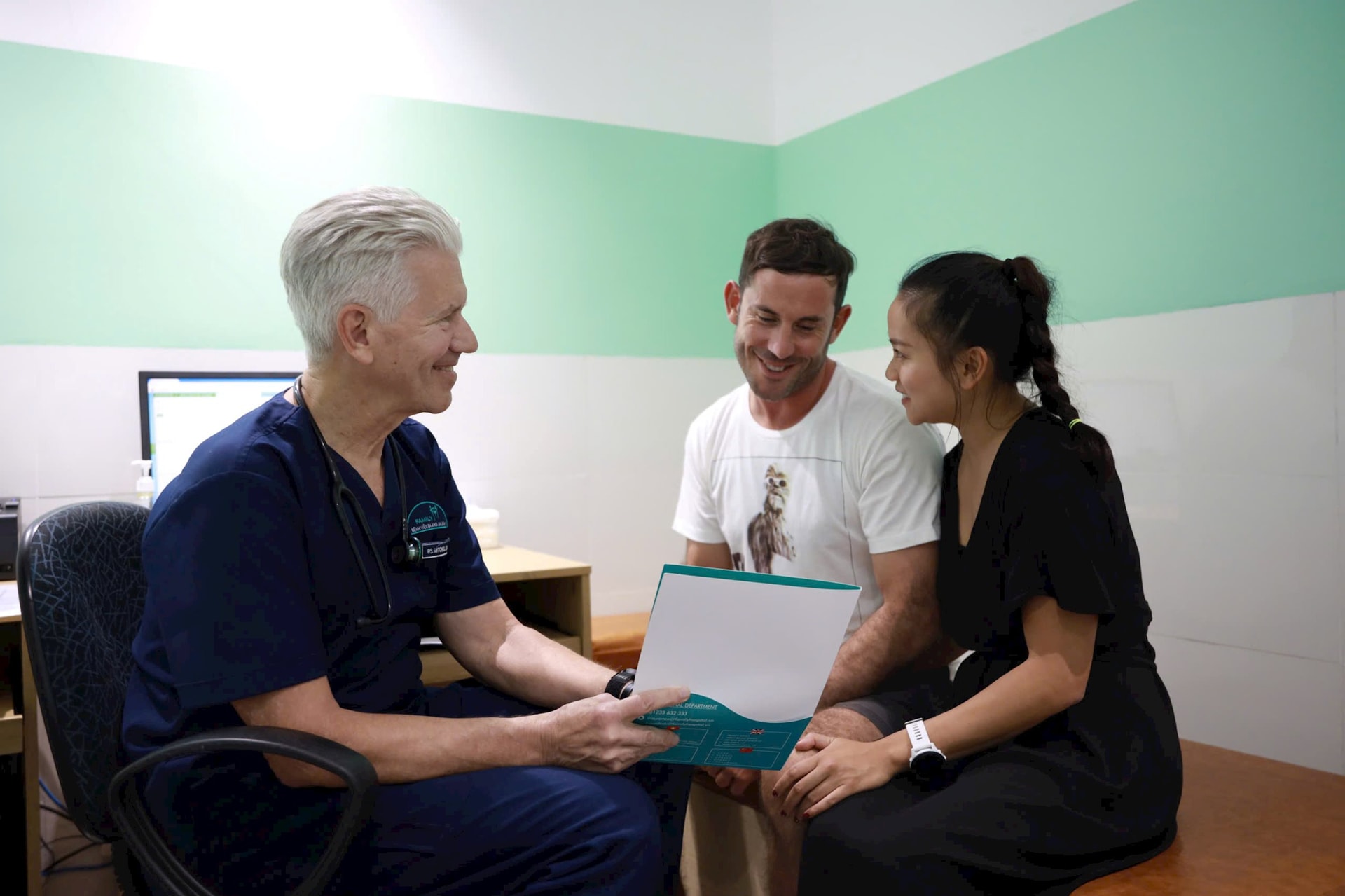
Identify potential and advantages
According to experts, the global wellness tourism market will reach nearly $1 trillion by 2024 and is expected to grow 9% annually through 2033. In Thailand, wellness tourism already accounts for nearly 15% of the tourism market, and India has built a $17 billion industry around Ayurveda and yoga.
By 2025, the Vietnamese medical tourism market will reach a size of about 2.5 billion USD and is expected to reach 4 billion USD by 2033. Treatment costs in Vietnam are often 40 - 70% lower than in Western countries, but service quality is guaranteed by a team of internationally trained doctors and facilities that meet international standards.
In that general picture, Da Nang is considered a locality with many potentials and advantages in developing medical tourism - where medicine is harmoniously combined with resort tourism. The fact that Da Nang is implementing the Da Nang Medical Tourism Development Project for the period 2025 - 2030 also shows the city's readiness to join the medical tourism market.
“Da Nang has a superior dual infrastructure with a high-class tourism infrastructure (leading the country in 5-star hotels) and a solid healthcare system. Between the mountains and the blue sea, Da Nang offers patients not only modern treatment services but also a recovery journey in a peaceful space with fresh air. That is the city's strength to become the medical tourism capital of Central Vietnam and a new highlight of Asia in the model of combined care and convalescence”, Mr. Tran Quoc Bao, Senior Advisor of Asian Hospital & Healthcare Management (AHHM) shared.
Building a synchronous solution
According to the medical tourism development plan to 2030, with a vision to 2050, Da Nang focuses on developing a system of medical facilities that meet international standards; forming diverse medical tourism product packages: intensive treatment, rehabilitation, traditional medicine, health care, therapeutic resorts; enhancing human resource training, public-private cooperation, applying digital technology and artificial intelligence in managing and serving tourists; strongly promoting the image of "Da Nang - Destination of health and happiness" to international friends.
.jpg)
To effectively implement the proposed plan, experts say that the development of medical infrastructure needs to be linked to technological infrastructure. In Thailand, the country has built a “very strong digital backbone”, including the Central Imaging Hub and has reached one million e-referrals.
According to Dr. Quach Huu Trung, Director of Vinmec Da Nang International Hospital, integrating digital tools such as telemedicine, AI diagnosis and data systems to improve clinical outcomes and patient experience is the right direction in the context of digital technology changing the way people experience healthcare services.
“Customers in the future will buy results, not services. Artificial intelligence (AI) will act as a benchmark of trust, helping to address the five fears of customers. At the same time, data is at the core of reshaping trust based on evidence. We are aiming to launch a common technology platform to solve the problem of sharing fragmented records/information,” said Mr. Trung.
Ms. Perkins Florence Gaudry, founder and CEO of Digital Health Partnership (DHP), said: “AI and digital health are the future, but AI requires quality data. The biggest challenge in Vietnam today is the lack of a national health data exchange hub. Investing in this infrastructure is an urgent step.”
Besides the application of technology, the lack of a specialized medical visa policy is also a barrier to competitive advantage in regional markets such as Thailand and Singapore.
Ms. Ngo Thi Kim Yen, President of the Danang Medical Association, shared that Danang possesses outstanding potential for medical tourism thanks to its solid tourism foundation, good medical network and competitive prices, but the lack of connection mechanisms and macro policies such as visas are hindering the strong development of this field. Therefore, removing this bottleneck will help Danang position itself on par with countries that are strongly developing medical tourism.
From another perspective, Dr. Truong Nguyen Thoai Nhan, Director of Hoan My Da Nang Hospital, emphasized that in medical tourism, “trust” is the decisive factor, more important than price. That trust must be built on international standards such as JCI (granted by the American Hospital Quality Assessment Organization) and a perfect experience, from the moment customers are picked up at the airport until they return home safely.
In positioning Da Nang to become a medical tourism center, Da Nang needs to identify the integration of modern health care methods with traditional medicine to create unique, world-class experiences of health and wellness.
While India has built a $17 billion industry around Ayurveda and yoga, Vietnam is just beginning to tap the potential of traditional medicine, which has been a part of the daily life of more than 70% of the population with a solid foundation.
According to experts, resorts and treatment centers can cooperate with medical or traditional medicine facilities to build reputation and attract tourists; focus on the elderly tourism market...
“Da Nang has great potential for relaxation and recovery. To develop medical tourism, we need to focus on the strategy of developing health care at resorts. We need to connect the value systems of health - relaxation - culture to create a strong position for the health care tourism industry,” said Mr. Nguyen Duc Quynh, Chairman of the Da Nang Hotel Association.
Source: https://baodanang.vn/chien-luoc-dinh-vi-da-nang-tro-thanh-trung-tam-du-lich-y-te-3311142.html



![[Photo] National Assembly Chairman Tran Thanh Man receives a business delegation from the Europe-ASEAN Business Council](/_next/image?url=https%3A%2F%2Fvphoto.vietnam.vn%2Fthumb%2F1200x675%2Fvietnam%2Fresource%2FIMAGE%2F2025%2F11%2F24%2F1763989198212_ndo_br_bnd-7394-jpg.webp&w=3840&q=75)
![[Photo] Prime Minister Pham Minh Chinh attends the patriotic emulation congress of the banking sector](/_next/image?url=https%3A%2F%2Fvphoto.vietnam.vn%2Fthumb%2F1200x675%2Fvietnam%2Fresource%2FIMAGE%2F2025%2F11%2F24%2F1763981997729_tt-nhnn-jpg.webp&w=3840&q=75)



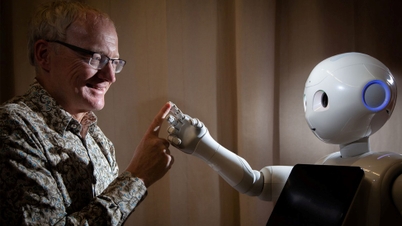



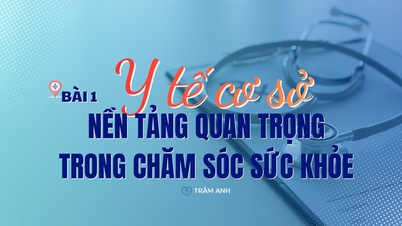




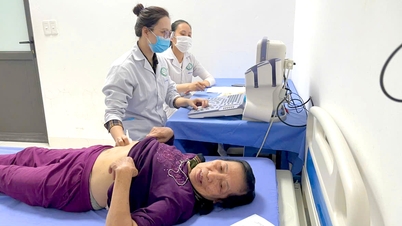

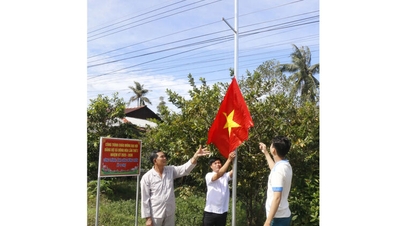

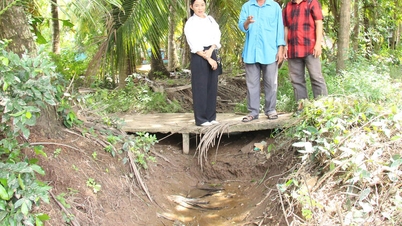










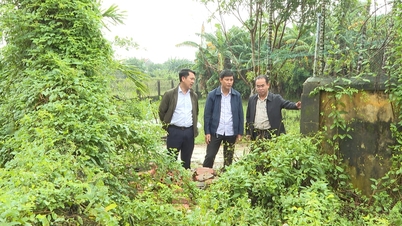
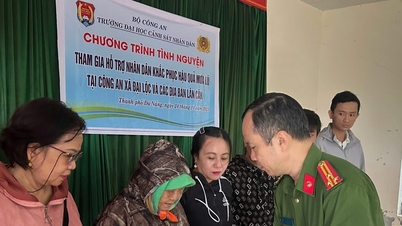
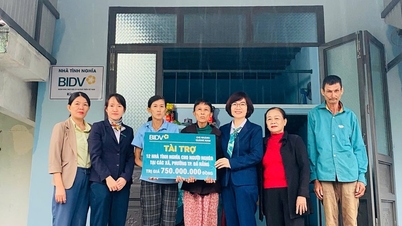


![[Photo] Next to the "mountain of trash" after the flood, Tuy Hoa residents strive to rebuild their lives](/_next/image?url=https%3A%2F%2Fvphoto.vietnam.vn%2Fthumb%2F1200x675%2Fvietnam%2Fresource%2FIMAGE%2F2025%2F11%2F24%2F1763951389752_image-1-jpg.webp&w=3840&q=75)






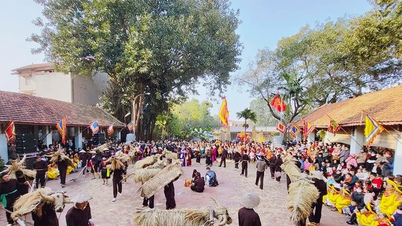

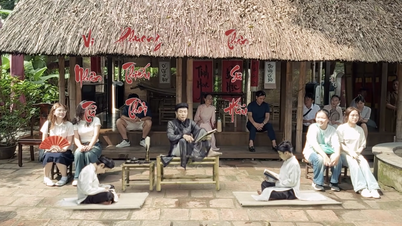



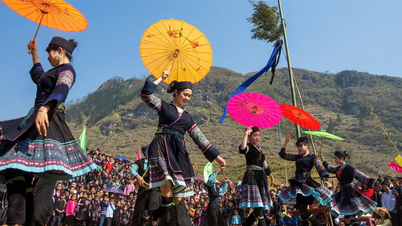









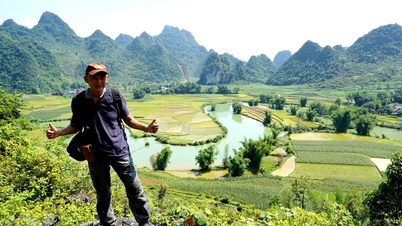

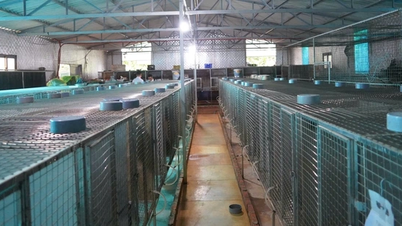





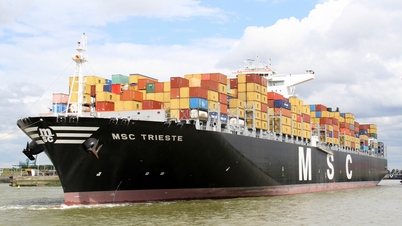












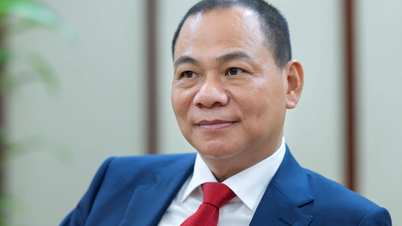



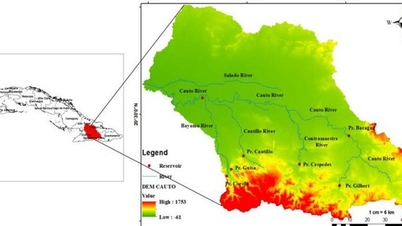

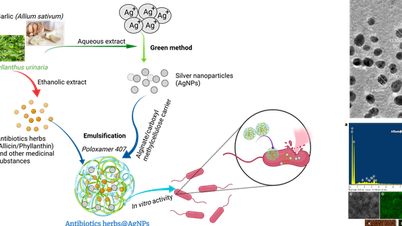
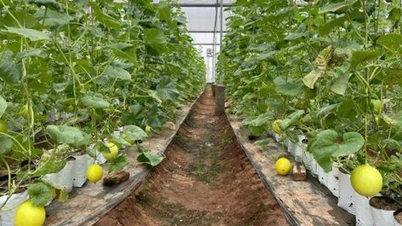


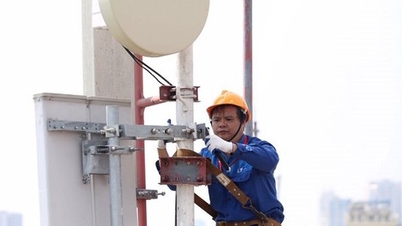


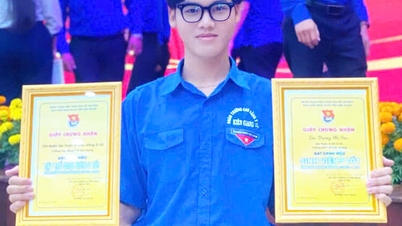
















Comment (0)